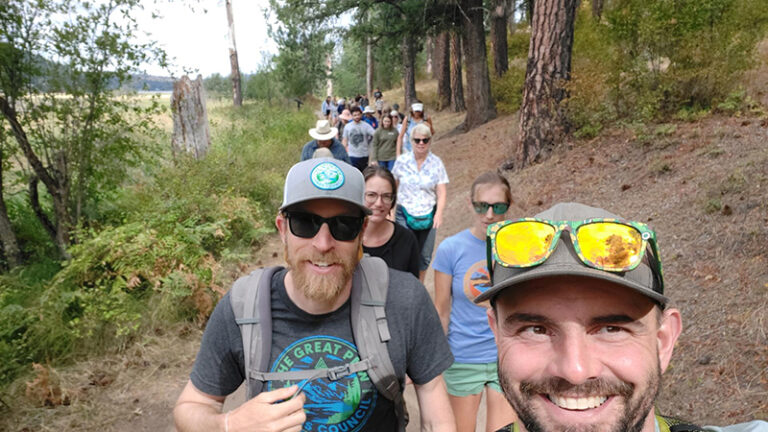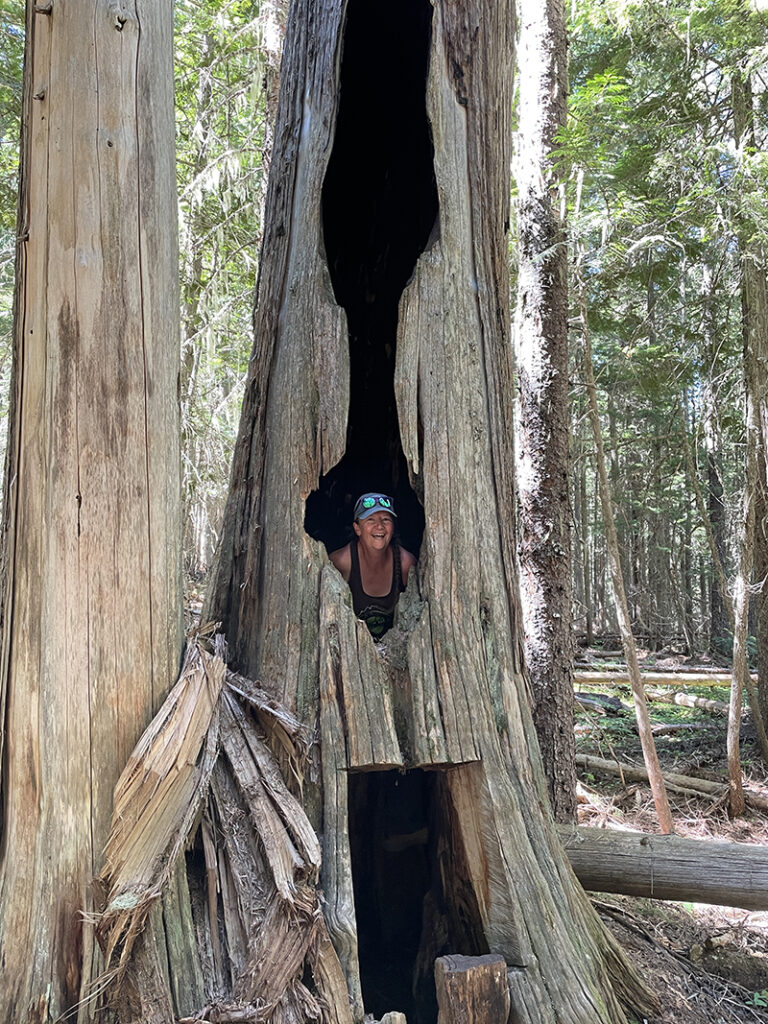When I talk to folks about the river, I can always count on one question: Is the river clean? This can be tough to answer since clean is in the eye of the beholder and can be a point of contention among different parties that work along the river.
The starting point is the Washington State water Quality Standards. These are legally established limits for each pollutant and are measured in milligrams per liter or degrees Fahrenheit. They are the limits that protect the public’s right to clean water, and they provide the basis for any discussion on water quality standards—but the topic can still get muddy. Let’s look at just a couple of pollutants that we worry about, and talk about how we judge cleanliness and how it might affect you the swimmer, boater, or angler.
First are toxins like polychlorinated biphynals or PCBs. These are compounds found in old industrial oils, caulks, road paints and pigments and dyes from recycled paper. The new Washington State standard is just 7 parts per quadrillion in the river. One way I have heard this expressed is 1 part per quadrillion is compared to a postage stamp in the state of California. So getting down to 7 p/q in our river is squeaky clean. Right now, we have a river that has between 7 and 400 parts per quadrillion in the water column. Now this is not altogether filthy so you can swim and boat without fear! The real problem with the pesky PCBs is that they stick to fish.
We also worry about bacteria from human sewage, especially if the public is putting their face in that river. Sewage, chemicals and bacteria are a concern in rainy conditions and high water. Spokane has a storm water collection system that still dumps raw sewage into the river during very wet weather, and folks need to know about this. If it rains more than a fraction of an inch in 24 hours, it is possible to have sewage and chemicals from roads entering our river from storm water and the Combined Sewer Overflow System. As we saw this winter, when the river floods, it also overruns cow pastures and septic tanks. The good news is that the City of Spokane is drastically reducing its sewage overflows to the river. This reduction will continue to occur as giant holding tanks intercept the sewage overflow that you don’t want in your kayak.
Nutrient and sediment pollution is another huge worry for us. Phosphorus in the river starves water of oxygen and causes toxic algae blooms. In general, the Spokane River is getting cleaner as those who have pipes discharging in the river are reducing their nutrient discharge immensely. The problem is that in tributaries like Peone Creek and Hangman Creek, the Washington Department of Ecology is still stalling on enforcing pollution laws. Nutrients still runoff into the tributaries because shoreline vegetation that’s essential for clean water is badly damaged by poor land use in some places. Walk or ride the Centennial Trail below Sandifur Bridge between December and May after a storm, and look at the mud spewing into our river from Hangman Creek. At these times, sediment pollution can be 10 times over the legal limit for dirt in the water.
A river is always changing and can be dirty sometimes and clean others. However, the State standards are the legal guide we use to judge cleanliness, and while our river is great to swim and fish in most of the summer, there are times and places that according to the Washington State water quality standards when the river needs a good cleaning.
Jerry White Jr. learned to fly fish at a young age and has been exploring Northwest rivers by boat and on foot ever since. In 2014, he signed on as the Spokane Riverkeeper, turning his lifelong passion for our local river into a full-time job.













